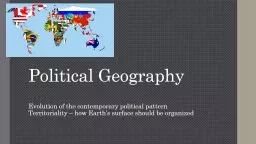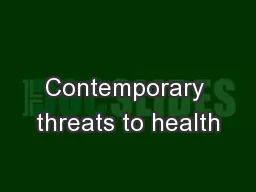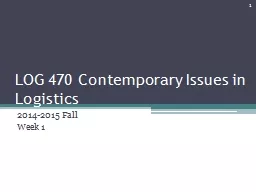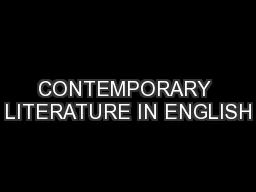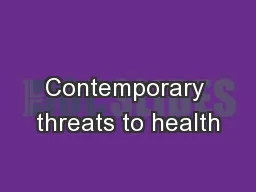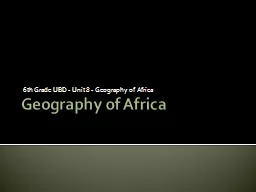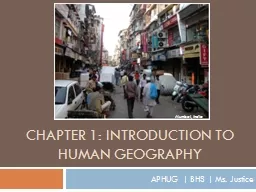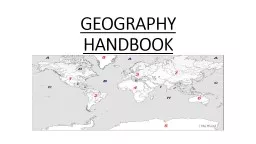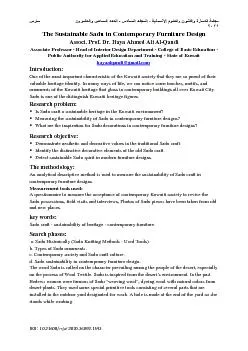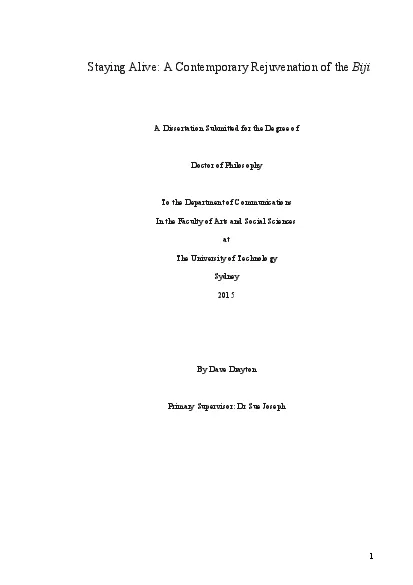PPT-Political Geography Evolution of the contemporary political pattern
Author : giovanna-bartolotta | Published Date : 2018-11-03
Territoriality how Earths surface should be organized States power to control territory shape international policy and other states foreign policy Geopolitics
Presentation Embed Code
Download Presentation
Download Presentation The PPT/PDF document "Political Geography Evolution of the con..." is the property of its rightful owner. Permission is granted to download and print the materials on this website for personal, non-commercial use only, and to display it on your personal computer provided you do not modify the materials and that you retain all copyright notices contained in the materials. By downloading content from our website, you accept the terms of this agreement.
Political Geography Evolution of the contemporary political pattern: Transcript
Download Rules Of Document
"Political Geography Evolution of the contemporary political pattern"The content belongs to its owner. You may download and print it for personal use, without modification, and keep all copyright notices. By downloading, you agree to these terms.
Related Documents

